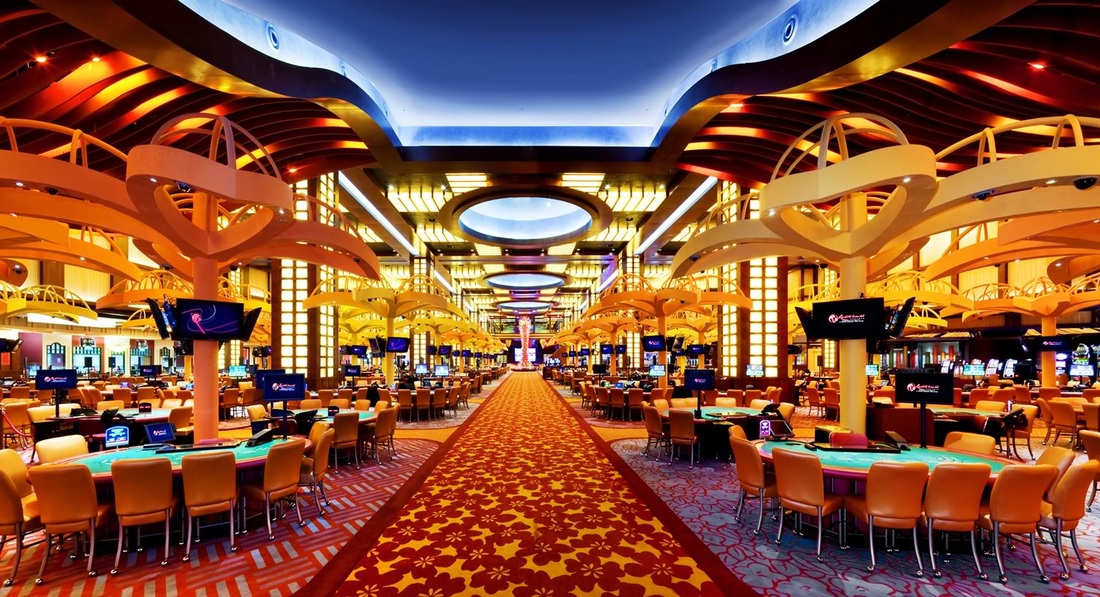
Within the dynamic and stimulating world of gaming establishments, where luck and strategy intertwine, hues and design play a pivotal role in drawing in players. As soon as visitors step into a casino or access a gaming platform, they are immersed in a sightly feast that captures their attention and lures them to explore further. Bright colors, engaging graphics, and innovative layouts are meticulously crafted to create an environment of thrill and expectation, ultimately improving the gaming experience.
As gamblers move through the ever-changing landscape of casino games, they encounter a variety of designs that not only serve visual purposes but also affect emotions and choices. Colors like scarlet and yellow symbolize riches and fortune, while soothing blues and emeralds can create a more relaxed environment. Understanding how these elements function together allows casinos to create an welcoming and energizing atmosphere that encourages players to engage with the games, invest additional time at the tables, and increase their overall enjoyment.
The Study of Color in Gaming Establishments
Tint plays a critical role in the creation of gaming experiences, influencing player emotions and actions. Lively and striking shades, such as scarlet and amber, are often used to ignite enthusiasm and capture attention. These shades create a sense of urgency and vitality, encouraging gamblers to engage more readily with the activity. By strategically selecting hues, developers aim to evoke emotions of pleasure and excitement, which can enhance the total player experience.
Various colors also have psychological meanings that can influence how gamblers perceive their chances of success. For instance, emerald is often associated with fortune and abundance, making it a popular choice in games like the roulette wheel and poker setups. This connection can result players to feel more optimistic and assured in their gameplay, ultimately encouraging them to wager more. Comprehending these connections allows game developers to create environments that enhance player enjoyment and engagement.
Moreover, the layout of gambling game interfaces often uses color gradients and differing shades to instruct players’ responses. For instance, successful outcomes may be emphasized with striking, opposing shades, creating a visual cue. This technique strengthens favorable outcomes and supports repeated participation. By leveraging the psychology of color, gambling establishments can develop games that not only draw players but also keep them engaged and committed in their play experience.
Creative Elements that Attract Players
The aesthetic appeal of gambling games is largely influenced by the use of vibrant colors. Bright and contrasting colors are deliberately chosen to create an appealing atmosphere that captures attention. For instance, crimson and golden hues often signify luck and wealth, which is why they are common in the color schemes of gaming machines and table surfaces. https://32win1.onl/ These colors not only draw players in, but they also stir emotions related to excitement and anticipation, enhancing the total gaming experience.
In addition to color, the design and layout of casino games play a significant role in captivating players. Games are designed to be user-friendly, ensuring that players can quickly understand the rules and mechanics. User-friendly interfaces, along with captivating graphics and animations, help maintain player interest and encourage longer play sessions. The tactile elements, such as the feel of the controls and the sounds of the games, also contribute to a comprehensive sensory experience that keeps players engaged.
Finally, thematic elements in game design can significantly influence player choice. Many casino games are inspired by popular culture, myths, or exploration motifs, featuring symbols and characters that resonate with players. These themes create a sense of immersion and relatability, making each game feel unique. When players feel a bond to the theme, they are more likely to opt for that game over others, leading to increased participation and excitement within the gambling environment.
Case Studies: Notable Gambling Table Game Designs
One key example of impressive gambling game design is the acclaimed slot machine series themed around hit movies. Games such as those based on the Wizard of Oz and Game of Thrones utilize vibrant colors and top-notch graphics to immerse players in recognizable narratives. The employment of lively visuals and captivating sound effects takes the interest of players, building an affective connection to the theme. This approach not only promotes longer play but also improves the overall gaming experience, yielding increased player retention.
Another notable case is the use of color in table games like 21 and the wheel. Casinos often create these games with dark reds and greens, colors traditionally connected with luck and wealth. For instance, the green felt on a blackjack table provides a soothing effect, while the crimson accents in the wheel invite thrill. This deliberate use of color helps to establish an inviting atmosphere that motivates players to engage, satisfying their psychological impulses and increasing their enjoyment.
Finally, online casino games that incorporate social features and lively, colorful designs have experienced remarkable success in engaging players. Games like Zynga Poker and Slot-O-Mania leverage vivid colors and playful animations to forge an inviting online environment. The addition of leaderboards, social sharing options, and in-game rewards promotes competition and community, drawing players in for longer sessions. Such designs not just make the games visually attractive but also highlight community engagement, a key factor in player retention and engagement within digital casino environments.